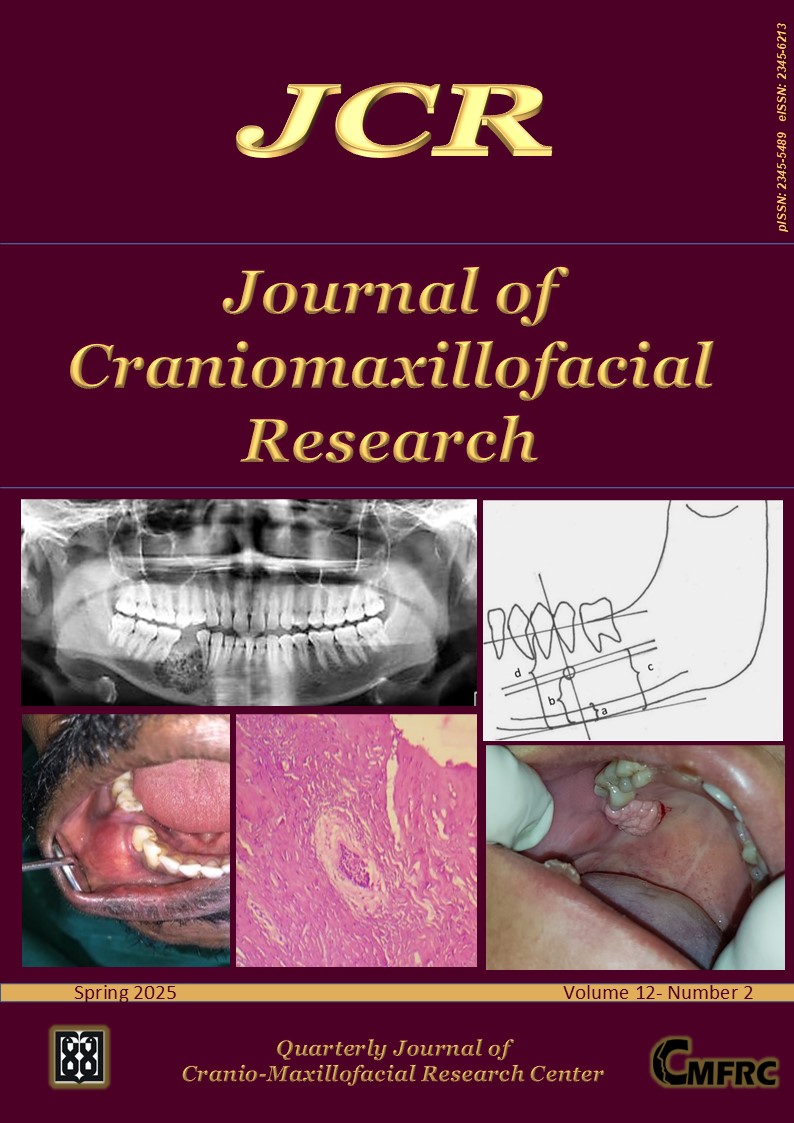Journal Indexed in Scopus Database
2025-11-12
The Journal of Craniomaxillofacial Research (JCR) has been accepted for indexing in Scopus. The journal papers will be available & visible in Scopus database soon.
Read more about Journal Indexed in Scopus Database





